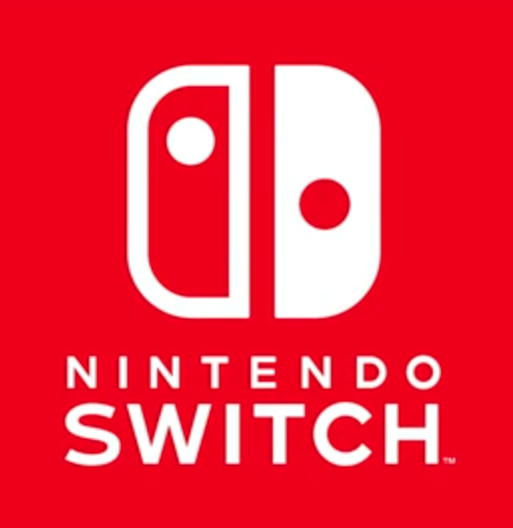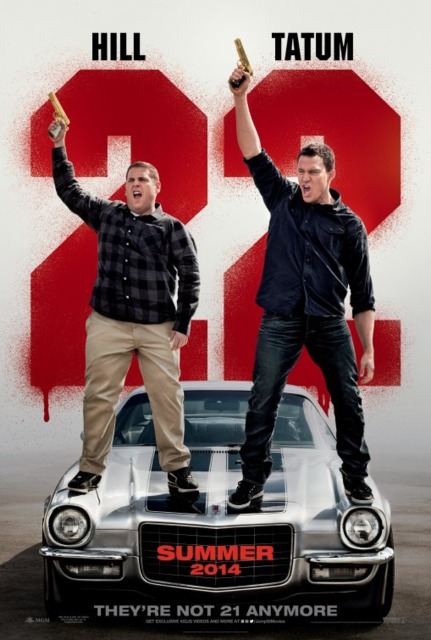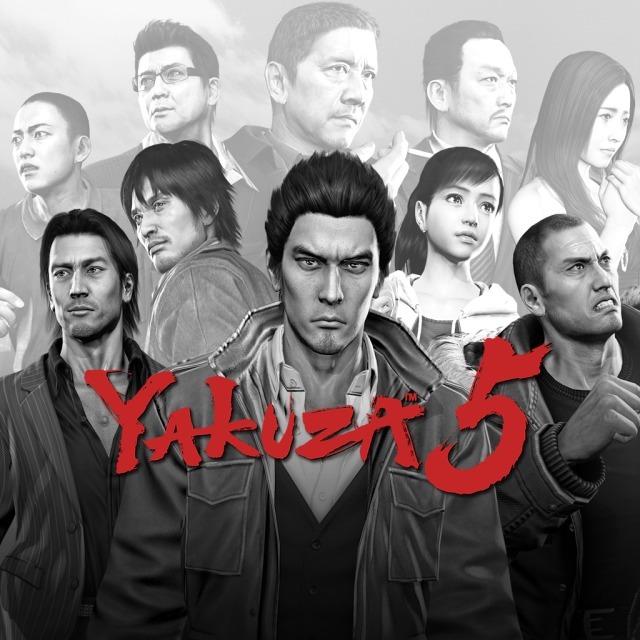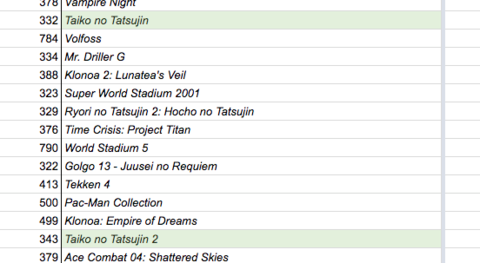It's become something of a running joke of late that everything should be on the Switch. That's in part spurred on by Nintendo themselves, who have recognized the great expanse of nothingness between the release of Super Mario Odyssey and every other major first-party property of theirs, and have wisely decided to fill that gap by remastering and porting various Wii U games to the system in the hopes of a second lease of life on some underrated classics (from an underrated console, I'd have to say).
As a Switch owner, I have my own thoughts about what I'd like to see on the system. I don't think there are necessarily any games that wouldn't work on the platform, besides obviously those that are too technologically demanding. You could theoretically play DS, 3DS, Wii and Wii U games on it between the Switch's touchscreen, the motion sensors in the Joycons, and the way a TV could act as a second screen, thus hypothetically making it a home for every video game Nintendo's ever produced. Nintendo officially scrapped the idea of Virtual Console on Switch, but I suspect they're taking a long hard look at the success of their mini-consoles and compilations like Sega Genesis Classics and the various Mega Man Legacy Collections and figuring out how to sell value-priced compilations from older Nintendo systems on their own terms. (I, of course, had some ideas a while ago about how they could pull that off.)

What I instead want to see from the Switch is an unprecedented longevity; it's found its niche as a system that doesn't need to keep up with the Joneses to be a success, with first-party games that look as good as they're ever going to need to given that Nintendo rarely aim for realism, and with an already dedicated fanbase comprised of both the hardcore Nintendo regulars and previously-lapsed fans who simply want more of what they missed on generations prior (or to double-dip on those they bought years ago, and really if you have that kind of spendthrift audience you've hit the jackpot). The Switch could potentially last for decades on the strength of an endless procession of excellent if technologically undemanding third-party Indie games and Nintendo's own modestly engineered output, becoming the home of thousands of the best games ever made in the past and present. I realize it's not cost-effective for Nintendo to cease making new consoles, as each new cycle tends to build hype and shift a lot of units, but let's say it's 2020 and Sony and Microsoft are announcing the PS5 and Xbox Two at a time when no-one's really in the mood for any more consoles, with all this hand-wringing over "video games over streaming services" and how the strength and versatility of the PC format is rendering the traditional console platform obsolete; I think there'll still be a niche for a high quality Nintendo platform with a huge extant library that'll have enough games to keep you entertained indefinitely, provided you're not some gadget-obsessed yuppie looking for the next big shiny thing.
The Switch could be the console to end all consoles, or at least all Nintendo consoles. I think it has that potential if it manages to procure the enormous library to match, which all depends on Nintendo finding a more sensible and cost-effective delivery system for their old games than the Virtual Console. If Nintendo ever feels the itch to improve something, they could always take a second swing at the Switch's lackluster Online Service or a better digital storefront, instead of spending all that R&D revenue on a brand new system and having to once again tangle with trying to sell a skeptical audience on its weird divisive control quirks ("telepathy controls?!") and re-encountering the same old difficulties procuring third-party interest, when the Switch already has both those challenges in the bag. Just sayin'.
Talking of just saying things, here's a lot of things I just said earlier this week:
- The first Indie Game of the Week for the second half of 2018 was Fault Milestone One, a fairly typical visual novel that's heavy on images and story and light on everything else. I'm not opposed to reading (or anime, given how often it pops up in the "Addenda" section of these summaries) but on the whole I think I prefer my visual novels to have a little more meat on their bones. The detective work of Ace Attorney, for example, or the puzzles of Zero Escape. Another VN I've been waiting to get into is Steins;Gate, which apparently does a lot with branching paths and time-travel, so I hope I get more out of that than I did with Fault. All that said, I enjoyed my time with Fault Milestone One for what it was, and will probably pick up its sequels if an opportunity to grab them cheap presents itself.
- It's Sega's time in the limelight this week, which means the appearance of Mega Archive Part 3. The Mega Drive is picking up steam towards the middle of 1990, with this third batch of fifteen releases coming out within four months of one another: a relatively short period which will continue to get shorter still in future installments. We're already seeing that the salad days of the system were rife with shoot 'em ups: these were often the most technologically challenging arcade games for home conversions at the time, and were frequently a genre the NES couldn't effectively pull off, especially where parallax scrolling was involved. Sega launched their system with several arcade shoot 'em ups of their own, most notably Space Harrier II and Super Thunder Blade, and its reputation as the best home platform for shoot 'em ups went on to define it in its early years. We'll see how much longer that image lasts in the updates to come.
Addenda
Movie: 22 Jump Street (2014)

There was a time not too long ago where every 70s/80s TV was getting an ironic comedy movie adaptation filled with contemporary comedic actors and various cameos from the original shows. The earliest (and easily most successful at accomplishing this sort of ironic detachment to the source material) I can think of is The Brady Bunch Movie, which reintroduced America's favorite wholesome 1960s family to the less innocent 1990s. Since then, the TV show-to-movie parodies have varied considerably in quality, but 2012's 21 Jump Street from Phil Lord and Christopher Miller (the Clone High and The Lego Movie guys) was a standout for just how brutally unfair they treated the original show's premise of two adult cops entering a high school as undercover students for a sting operation. Even more so, they found an unexpectedly able comedic talent in handsome leading man-type Channing Tatum, happy to play up his image of a ripped but not particularly bright hunk. Jonah Hill as his nerdy partner who provides the "brains" of their particular partnership, Ice Cube and Nick Offerman as their impatient superiors, and a cast of teachers and students full of comedy ringers all made for an excellent cast who could carry the fourth-wall breaking jokes and vaguely insincere drama concerning the central relationship.
22 Jump Street sought to continue that streak of irreverence with a lion's share of jokes at the premise's expense, and in particular the idea of sequels where they just "do the same thing again" but with a higher budget as the duo get enrolled in a college to find the source of yet another lethal synthetic drug WHY-PHY ("Work Hard? Yes - Play Hard? Yes"). I might say that if you found all the fourth-wall jokes cloying in the first movie, like just how often a random student remarks on how Hill and Tatum look like 40-year-old narcs, it's going to get a lot worse in this one. Frankly, I kind of love the idea that these two directors were brought back to make a movie that no-one wanted just because the first one was popular, even if it doesn't quite come off as fatalistic as that. Everyone's clearly having fun still, for one, and the new cast of undergrads and lecturers - including a single scene with Patton Oswalt, who disappears from the movie shortly afterwards - are every bit as game as the first batch. The major players in the movie still manage to earnestly pull off the more down-to-earth moments, but it's hard to be sincere when you're making jokes about a character with a potentially plot-important tattoo that turns out to be a fish to honor his old high school football team "the Plainview Red Herrings", or having a wacky chase scene in front of the "Benjamin Hill Center for Film Studies". The irreverence for the original show's premise that permeated the first movie now appears to extend to the first movie itself, and the idea that it needed any sequels at all. If it wasn't for Deadpool 2, I might even say that 22 Jump Street's montage of unlikely additional sequels was the best mid-/post-credits sequence I've seen this year.
I feel like if you were a big fan of Clone High's sarcasm, both in how it ripped apart teen drama concepts like Very Special Episodes (every Clone High episode was a "Very Special Episode") and in how little faith it had in its own conceit of cloned famous historical figures attending a modern school together, then 22 Jump Street is about as close as you're going to get to a movie extension of that odd manifestation of the creators' amusing self-loathing. To any other movie-goer, it'll probably come off as very indulgent and silly, though not lacking for great goofs and comedic acting. As a lesser sequel to a cheesy TV show movie adaptation, 22 Jump Street is definitely the kind of movie that is easy to dismiss and forget, but I'm personally glad I remembered it existed.
Game: Yakuza 5 (2012/2015)

It's been dawning on me just how massive Yakuza 5 is promising to be. I had hoped since the brief mention last week that I'd have made some significant progress in Kazuma Kiryu (and friends!)'s fifth outing, but it's proving to be a considerably larger experience by design. Series creator Toshihiro Nagoshi stated that Yakuza 5 was intended to be the GTA: San Andreas of the series; mechanically speaking, Yakuza doesn't really compare to GTA beyond the fact that they both operate in cities and have a story concerning the underworlds of same, but in this case he was specifically talking about how much the geography had expanded to cover multiple locales each as well-realized as series mainstay Kamurocho, based on the Shinjuku red light district of Tokyo.
Yakuza 5 has fictional districts based in the major Japanese cities of Osaka, Sapporo, Nagoya, and Fukuoka (in addition to Tokyo), each of which represents a different personal journey of the player characters currently inhabiting them: Fukuoka's "Nagasugai" is where an incognito Kiryu is eking out a living as a taxi driver to support the Sunshine Orphanage back in Okinawa; Saejima breaks out of jail again in the snowy northern island of Hokkaido, exploring a remote mountain village as well as Sapporo's "Tsukimono" district; new character Shinada is in Nagoya's "Kineicho" region, trying to raise himself up from a penniless and disgraced former baseball star into something better; and moneylending charmer Akiyama and perennial damsel in distress Haruka are in Osaka's "Sotenbori", attempting to kickstart Haruka's career as an idol.
So far, I've only concluded the opening chapter of Kiryu's time in Fukuoka and am still in the early stages of Saejima's time in Sapporo. That first chapter alone took somewhere in the region of 20-25 hours, though granted I was getting myself waist-deep in the various optional substories, mini-games and other city exploration activities. As well as those substories, which are where the game can cut loose and throw some comedic little missions the player's way to break up the more dramatic main storyline, each character also has the somewhat synonymous "Side-Stories". These are unique to each character and setting; for instance, all of Kiryu's Side-Stories concern his job as a taxi driver, splitting between missions where you carefully drive a taxi around Nagasugai while observing stop signs and using indicators for turns, and race missions which inevitably devolve into Initial D drifting parodies where you can optionally choose to have Daytona USA's "Let's Go Away" playing in the background. While I haven't progressed far enough with Saejima's story to get to his side-stories, I get the sense that it's going to involve hunting bears and stags in the Hokkaido tundra by suplexing them into submission.
It's the kind of wonderful nonsense that the Yakuza series delves into early and often, just in far greater quantities than I'm used to. Yakuza 2 had experimented with producing other regions the characters might visit, and Yakuza 4 introduced the idea of having multiple protagonists with separate stories, substories, and fighting methods, but Yakuza 5 looks to combine both to make a truly expansive game. In addition, the developers still found time to correct some of the series' long-standing issues, greatly streamlining the character progression, making the more compelling attacks and special moves available earlier and with additional "climax" moves that require a special gauge to build up through completing heat actions, and making several mini-games (and the game's trophies) far simpler to accomplish, as well as tossing in genuine Sega arcade games like Taiko Drum Master and Virtua Fighter 2. It's a surprisingly accessible entry in the series, given how deep the storytelling becomes with five different perspectives on the same conspiracy scattered across Japan (and how much that story is contingent on prior entries; Yakuza 5 also happens to be the first game in the series to not do the "reminiscing" gallery of cutscene flashbacks to previous games with a voiceover summary of their events, which doesn't help in keeping all the plot details straight).
At this point, I've decided to follow each character's set of substories and side-stories, and complete most of the very reasonable trophy requirements, and maybe call it there. I've tried for 100% completion in Yakuza games in the past, most notably Yakuza 2 and Yakuza 3 to various self-destructive ends, but Yakuza 4 was the first to really dissuade me of doing absolutely everything, partly because of its size and partly because there were additional trophies for completing the game a second time on a harder difficulty - not something I'm prepared to do for any 80+ hour game, regardless of how much I enjoyed it. The usual completion percentage factors - eating every meal at every restaurant (and across five cities, that's asking a lot), completing all the heat actions (and of course each character has their own unique heat actions), completing every mini-game to a certain high bar of success, snatching all the Sega toys out of every claw machine in the world (I'm just going to do this one anyway - Nintendo Badge Arcade awoke something terrible inside me), crafting all the weapons (way more reasonable this time with the revamped Kamiyama Works investment system), romancing all hostesses, taking down all the opponents in the underground fighting coliseum, and various collectibles like locker keys, treasure map scraps, tourist photos, and so on. It was a lot back in the previous games, and it's even more overwhelming here, so I'm going to take it easy lest I burn out long before the conclusion of the game's story. Taking small breaks between each character's chapters might not be a bad idea either - this is definitely going to be more like a marathon than a sprint, albeit the kind that's ultimately rewarding given how much wacky, brutal goodness is packed into each Yakuza game.

Log in to comment